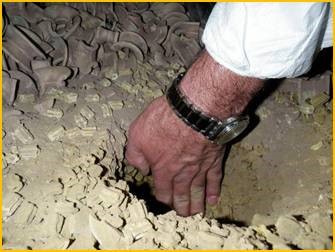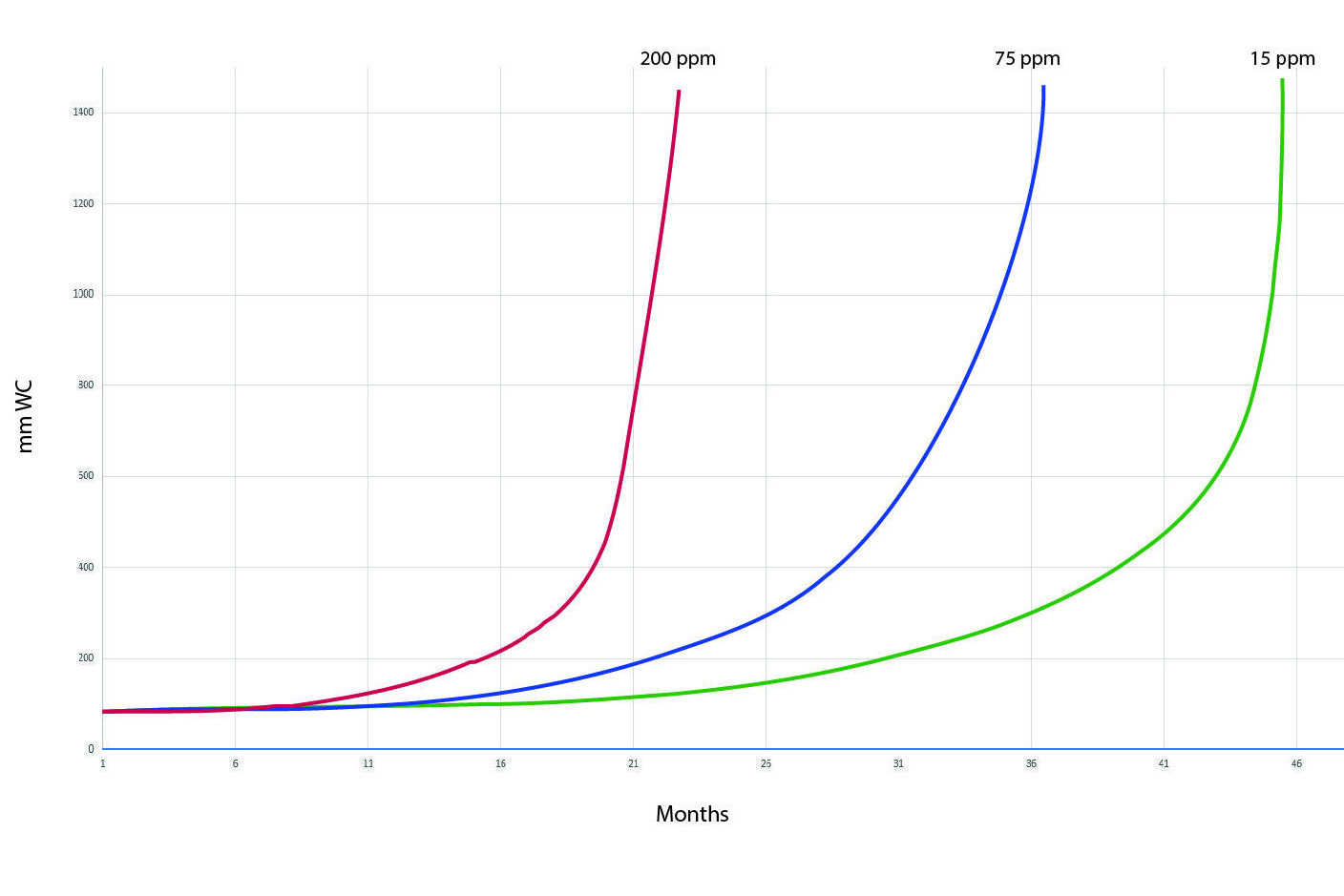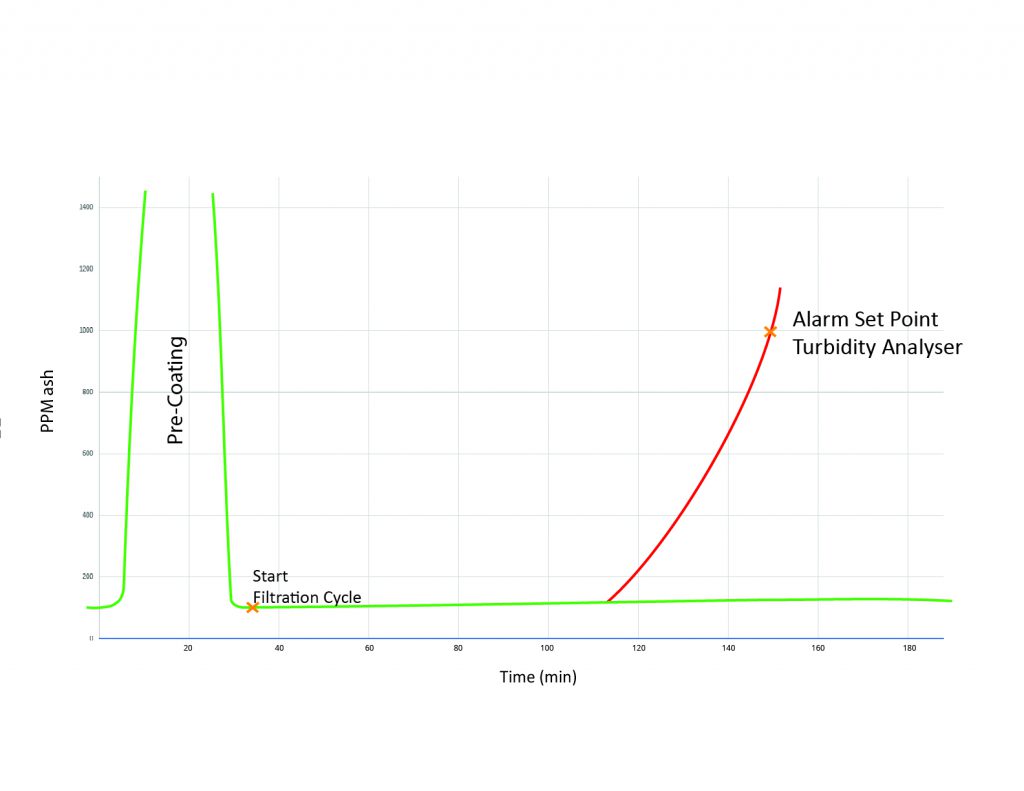The development in the sulphuric acid industry is going towards less maintenance stops, preferably running for 28-36 months. One of the criteria plants should asses continuously is the ash level in the liquid sulphur.

Screening of the expensive catalyst is one important reason for stopping the acid plant.
The various types of catalysts will give different pressure drops due to the size and shape of the catalyst. However, the presence of ashes in the liquid sulphur causes the catalyst to plug and the pressure drop increases rapidly resulting in an costly plant stop for catalyst screening.
The lifetime of the catalyst bed with various loads of ashes is shown in the table:
As you can see, low ash level gives the possibility to obtain a lifetime of > 30 months whereas high ash levels can reduce the operation to 18 months.
Pressure drop build-up with various ash levels:


The ash level is controlled by taking samples of liquid sulphur after the filtration system. However, getting results can take up to 2-3 hours. When the by-pass on the liquid sulphur filter is high, you transfer the ash to the clean side of the process and finally end up in the catalyst.
Sulphurnet offers a Real-Time monitor solution for the process. To control the ash level in the liquid sulphur filter an On-Line Turbidity Analyser can be used.


The Turbidity Analyser continuously monitors the ash concentration in the liquid sulphur after the filter.
When deviations are measured immediate actions can be taken, minimizing ashes entering the clean site of the process.
In the above curve, we show how monitoring can be done. When using the system after the pressure leaf filter you can see the end of the pre-coat cycle and you can continue when the level of impurity is within the specification. Then you switch to the filtration cycle and you can monitor the ash level “Real Time”. When the ash level passes a threshold value (high-pressure differential or damaged filter leaf) the system will give an alarm and actions can be taken.
The Turbidity Analyser can measure the low ppm levels and the system is designed to operate in the process conditions of liquid sulphur. It is pre-calibrated and implementation in the process is simple and easy.
The investment-cost for a Turbidity Analyser is a fraction of the cost of stopping a sulphuric acid plant.
How to reduce OPEX in H2SO4 production
Having fewer shut-downs of the sulphuric acid plant saves a lot of costs. If you want to learn more about how to achieve less maintenance costs fewer, production losses, and other less visible costs, watch the Sulphurnet Workshop, we did on the topic. We explain how a better sulphur process helps you to achieve these goals.
Sulphurnet – Get it right the first time.
